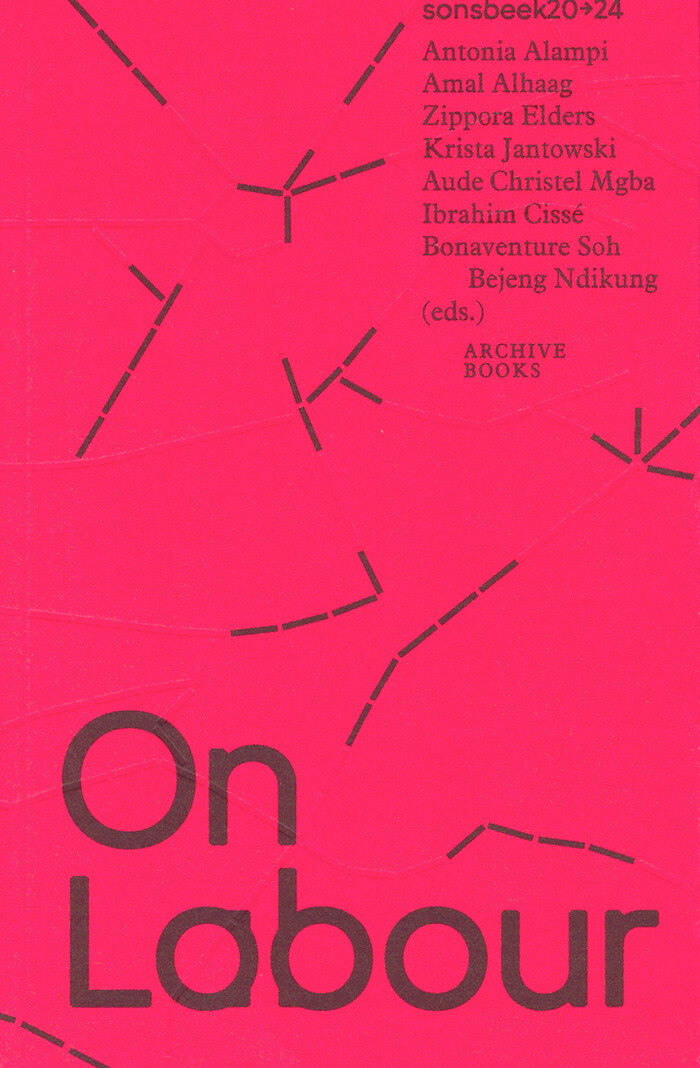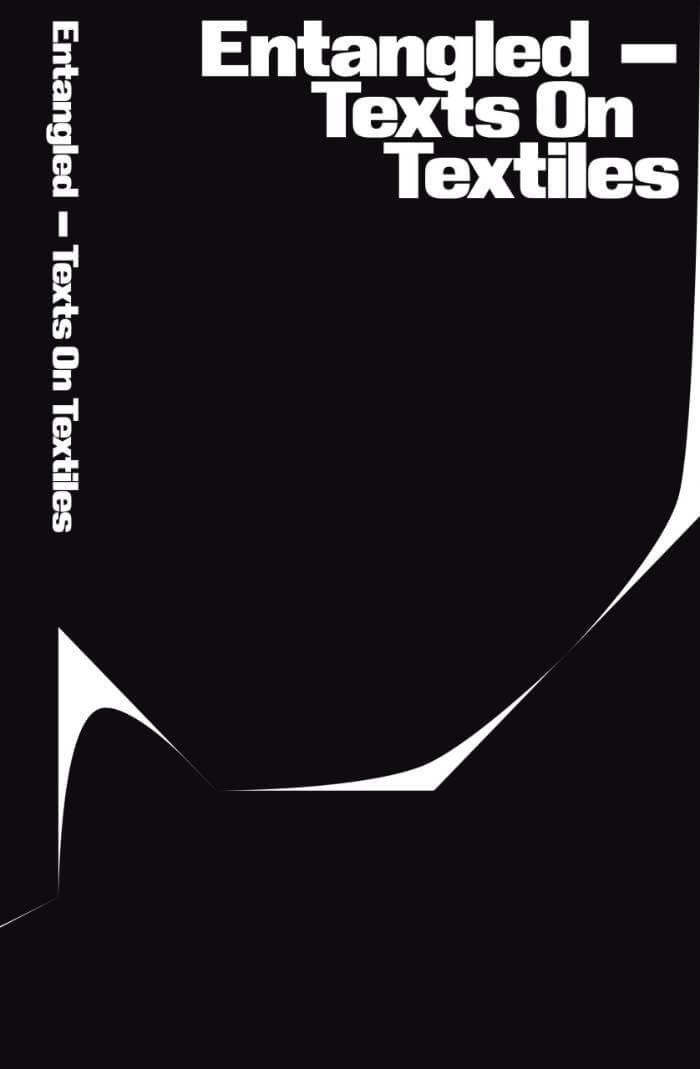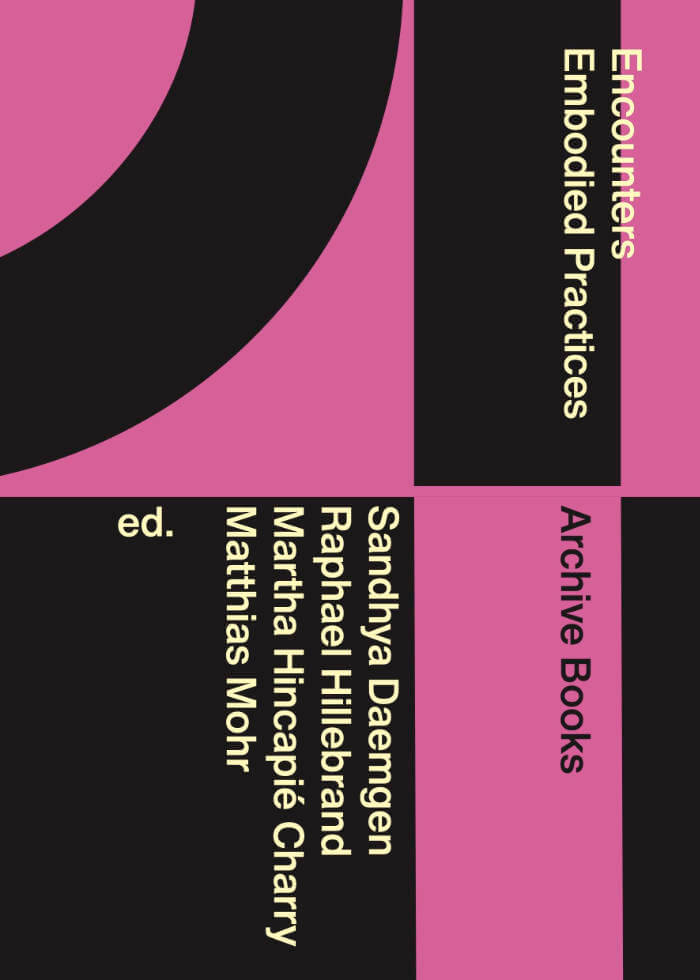
Sonsbeck20→24 – Force Times Distance – On Labour (reader)
Ibrahim Cissé ed., Bonaventure Soh Bejeng Ndikung ed.
This reader is a culmination of direct and tangential deliberations on notions of labour, appreciated across geographies and mediums. Newly commissioned textual manifestations in a multilogue with historical positions.
The reader could be perceived as a negotiation of positions, as the strive towards utterances, towards becoming. Each text could be imagined as a stanza in a song. This is also a strive towards musicality. Or at least a wish for this reader to be a choir, in which we collectively sing, in which we all listen to each other to be able to sing, but most importantly, in which we afford ourselves the privilege of 'hearing the eloquence of silence', 'seeing the inner vision beneath the closed eyes' and 'listening to the chastity of inner music that defies betrayal by the wayward wind.'
Edited by Bonaventure Soh Bejeng Ndikung and Ibrahim Cissé with Antonia Alampi, Amal Alhaag, Zippora Elders, Krista Jantowski, Aude Christel Mgba.
Contributions by Bonaventure Soh Bejeng Ndikung, Panashe Chigumadzi, Maurizio Lazzarato, Danielle Child, Anne Moraa, Philomena Essed, Djuwa Mroivili, Anivia Beylard, Jana Keijdener, Iheb Guermazi, Alia Mossallam, Ruth Wilson Gilmore, Chenjerai Kumanyika, Simone Atangana Bekono, Lionel Manga, Kodwo Eshun, Amal Alhaag, Precious Colette Kemigisha, Guy Ossito Midiohouan, Akila Richards, Mwazulu Diyabanza, Ibrahim Cissé, Léon-Gontran Damas
Graphic design: Leon Lukas Plum / Werkplaats Typografie.
Published in August 2021
Bilingual edition (English / Dutch)







